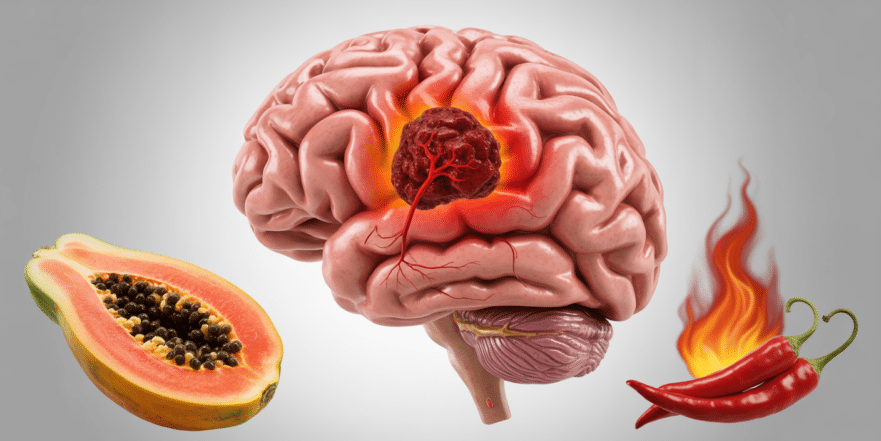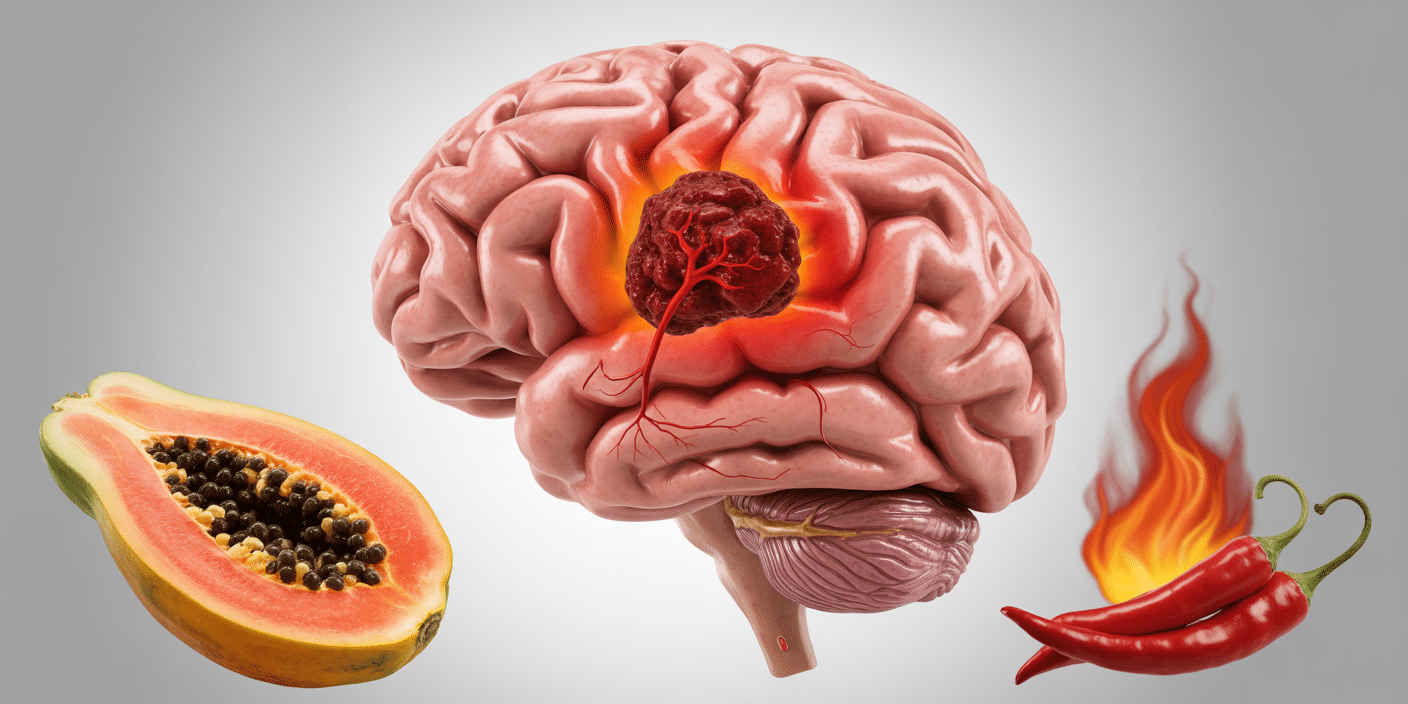
In this article, we’re going to explore the amazing world of natural blood thinners. We’ll dive deep into 12 specific foods that contain potent compounds capable of preventing dangerous clots and even helping to dissolve existing ones. You’ll learn how these everyday ingredients work their magic, from preventing platelets from becoming overly sticky to relaxing your blood vessels for better flow. This isn’t about replacing medical advice, especially if you’re on prescribed medication, but about empowering you with the knowledge to support your body’s health through your diet. By the end of this guide, you’ll have a clear, actionable plan to incorporate these clot-busting foods into your daily meals.
Key Takeaways
- Understanding Blood Clots: Unwanted blood clots form when blood proteins, primarily fibrin, tangle together inside blood vessels, obstructing blood flow and posing significant health risks.
- The Power of Diet: Certain foods contain natural compounds with anti-inflammatory and anticoagulant (blood-thinning) properties that can help prevent platelets from clumping together and support overall cardiovascular health.
- Actionable Food Choices: Incorporating foods like turmeric, ginger, garlic, cayenne, and omega-3-rich salmon into your regular diet can be a proactive and natural strategy to reduce your risk of forming dangerous blood clots.
- Holistic Approach: While these foods are powerful, they work best as part of a healthy lifestyle and should be seen as a complement to, not a replacement for, professional medical advice and treatment.
12. Turmeric

This vibrant golden spice, a cornerstone of Ayurvedic medicine and many culinary traditions, is much more than just a coloring agent for your curry. Turmeric’s superstar compound is called curcumin, and it’s a powerhouse when it comes to fighting clots. Curcumin has remarkable anti-inflammatory and anticoagulant abilities. Think of it as a peacekeeper in your bloodstream. It works by telling your platelets—the tiny blood cells responsible for clotting—to calm down and not clump together unnecessarily. It also helps your body produce more nitric oxide, a fantastic molecule that tells your blood vessels to relax and widen, allowing blood to flow more freely.
Let’s get a bit more specific on how it works. When your body senses a need to clot, it releases a compound called thromboxane A2, which is like a rally cry for platelets to activate and group up. Studies have shown that curcumin directly interferes with this process, effectively muting the signal. Furthermore, it helps reduce the overproduction of fibrin, the sticky protein mesh that forms the structure of a clot. To get these benefits, you don’t need to do anything complicated. Simply start cooking with turmeric powder, adding it generously to stews, soups, roasted vegetables, and rice. A warm cup of turmeric tea (golden milk) is also a wonderfully soothing way to make this spice a regular part of your routine.
11. Ginger

If turmeric is the golden warrior, ginger is its fiery cousin, and they share similar protective qualities. The main active compounds in ginger are called gingerols, and they are renowned for their potent anti-inflammatory effects. Research suggests that ginger’s blood-thinning capabilities are so effective they can be compared to low-dose aspirin. It works by inhibiting the enzymes that produce inflammatory compounds, which in turn activate platelets. The gingerols and another set of compounds called shogaols also enhance what’s known as fibrinolytic activity—your body’s own natural system for breaking down clots.
Interestingly, ginger also contains a natural substance called salicylate, the very compound from which aspirin was originally derived. Salicylate helps to break up existing clots and suppresses the production of thromboxane, further reducing the risk of new clots forming. You can easily incorporate ginger into your diet. Grate fresh ginger into stir-fries, soups, or smoothies for a zesty kick. Sipping on hot ginger tea throughout the day is another excellent and hydrating way to get your daily dose of its protective compounds.
10. Garlic
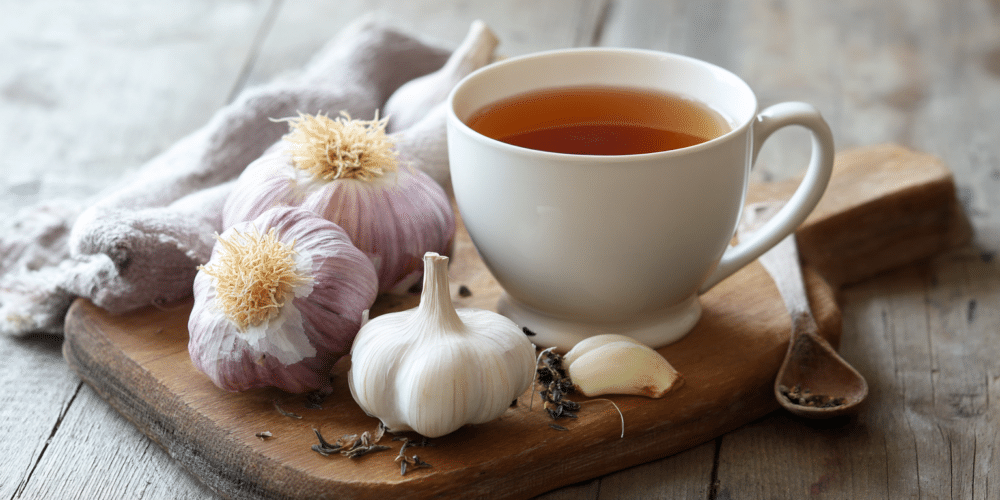
Garlic has been revered for centuries for its medicinal properties, and its ability to support heart health is at the top of the list. The secret to garlic’s anti-clotting power lies in a sulfur compound called ajoene (pronounced ah-ho-een). Ajoene is incredibly effective at preventing platelets from becoming sticky and binding together. It essentially creates a non-stick surface, making it harder for clots to get started. It does this by interfering with how platelets interact with both the blood vessel wall and fibrinogen, a key protein required for a clot to form.
Beyond its direct anti-clotting effects, garlic is a champion for overall circulation. It helps lower harmful cholesterol levels and can reduce blood pressure, both of which contribute to healthier, more resilient blood vessels. Here’s a pro tip to maximize its benefits: after you crush or chop a garlic clove, let it sit for about 10 minutes before you cook with it. This waiting period allows an enzyme called alliinase to convert another compound, alliin, into allicin, which then breaks down to form the powerful ajoene. So, be patient with your garlic—it’s worth the wait!
9. Cayenne Pepper
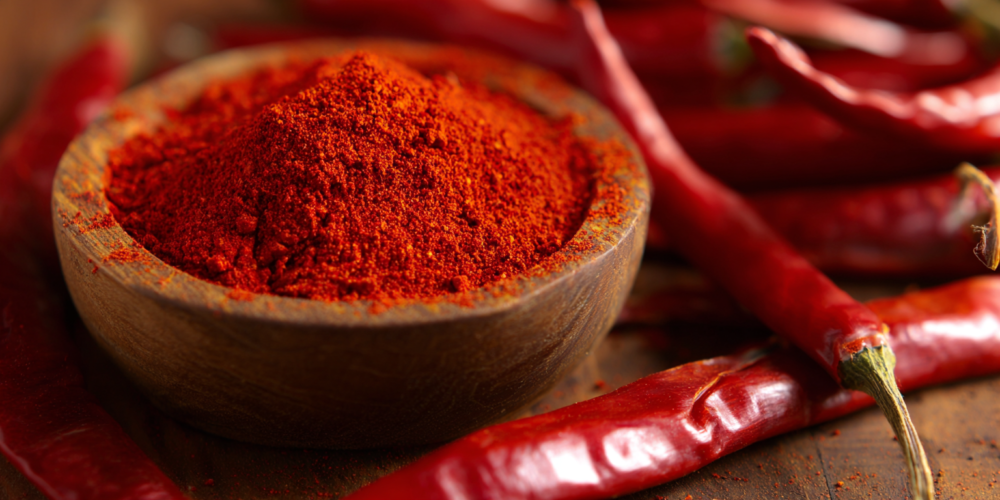
For those who enjoy a little heat, cayenne pepper offers some serious cardiovascular benefits. The compound that gives cayenne its fiery kick is capsaicin, and it’s also a potent blood thinner. Capsaicin works by inhibiting platelet aggregation, preventing those clumps from forming in the first place. It achieves this by blocking calcium signaling within the platelets and hindering the release of thromboxane A2. Think of it as turning down the volume on the signals that tell your blood to clot.
Capsaicin is also fantastic for your circulation. It helps ease tension in the walls of your blood vessels, allowing them to dilate. This not only improves blood flow but also helps to lower blood pressure. It also boosts your body’s natural fibrinolytic activity, helping to dissolve any small clots that may have started to form. If you’re new to cayenne, start small. A light sprinkle on your eggs, in a soup, or over roasted vegetables is a great start. You can also mix a tiny pinch with warm water and lemon for a stimulating morning tonic. Your tolerance will build over time, allowing you to reap its benefits without overwhelming your palate.
8. Cinnamon
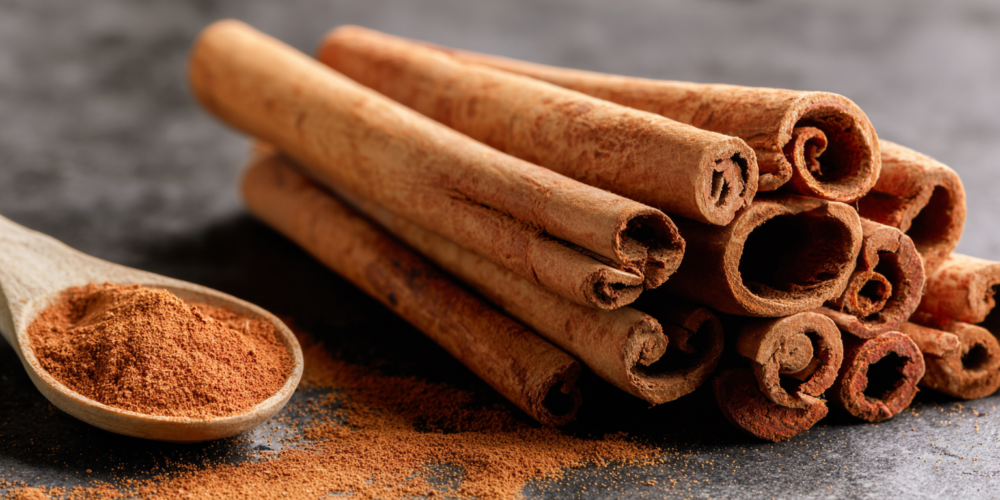
This warm, comforting spice does more than just make your oatmeal taste delicious. Cinnamon is packed with antioxidants, particularly polyphenols, which are known to improve blood circulation and protect your blood vessels from damage. It also contains a compound called coumarin, which has been shown to act as a powerful anticoagulant, mimicking the activity of some blood-thinning medications. Research indicates that extracts from cinnamon can effectively inhibit platelet activation by blocking both calcium mobilization and thromboxane production.
However, a word of caution is important with cinnamon. The coumarin that provides these benefits can be toxic to the liver in high doses. The most common type of cinnamon, Cassia, has a much higher coumarin content than the less common Ceylon cinnamon (often called “true” cinnamon). For this reason, moderation is key. A daily dose of about half a teaspoon is generally considered safe and effective for reaping its protective effects. Sprinkle it on your morning coffee, yogurt, or toast to help guard against unwanted clot formation.
7. Vitamin E
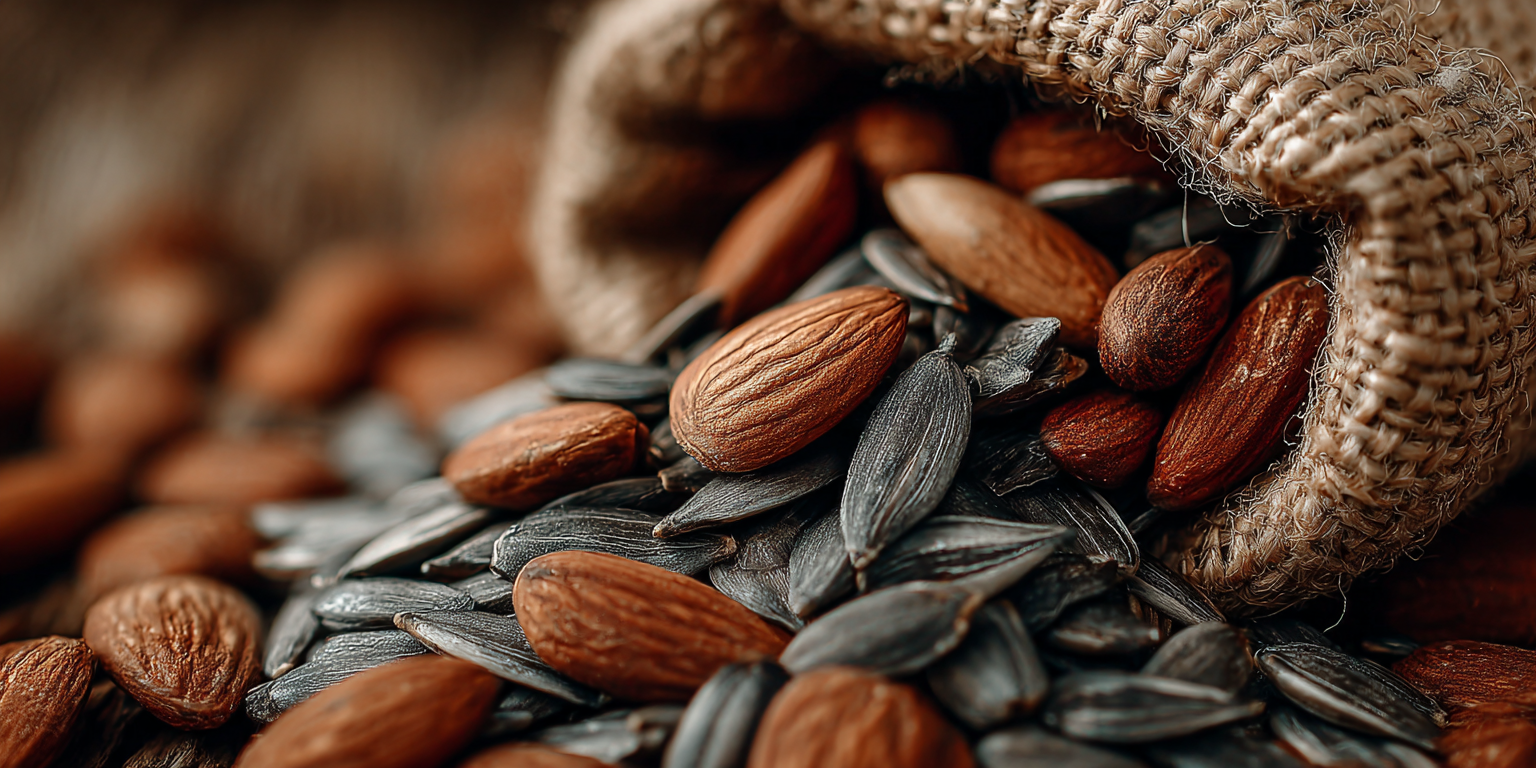
Vitamin E is a fat-soluble vitamin that acts as a potent antioxidant, protecting your cells from oxidative stress. Its role in cardiovascular health is significant, particularly in preventing blood clots. It works by inhibiting platelet aggregation, directly blocking the action of compounds that would otherwise stimulate clotting. Studies have shown that getting enough vitamin E can increase your body’s production of nitric oxide, which, as we’ve learned, is crucial for relaxing blood vessels and improving circulation.
Furthermore, vitamin E interferes with the release of thromboxane A2 from platelets and can also disrupt the formation of the fibrin mesh that holds a clot together. You don’t necessarily need a supplement to get enough Vitamin E; you can find it in many delicious foods. Almonds, sunflower seeds, spinach, broccoli, and avocados are all excellent sources. The recommended daily intake for adults is 15 milligrams. A handful of almonds or sunflower seeds as a snack is a simple and effective way to help you meet your daily needs.

